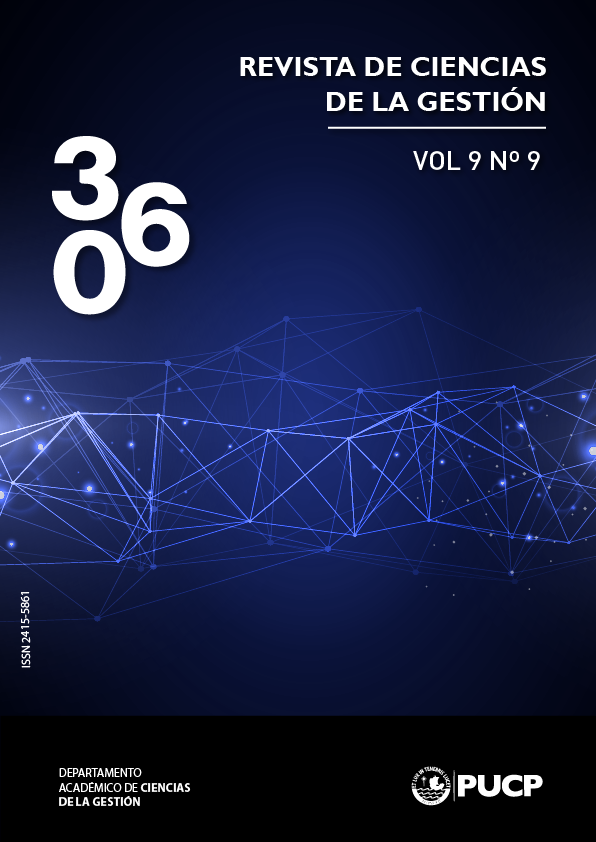Escenarios e innovaciones en el sistema agroindustrial de la provincia de Entre Ríos: aportes desde un enfoque multinivel
DOI:
https://doi.org/10.18800/360gestion.202409.013Palabras clave:
Prospectiva, agricultura, agroindustria, escenario, innovaciónResumen
Un futuro sostenible requiere armonizar aspectos productivos, ambientales y sociales. El objetivo de este trabajo es analizar los principales desafi?os de innovacio?n tecnolo?gica y social que enfrenta la produccio?n primaria en una provincia agri?cola de la Argentina (Entre Ri?os), a trave?s del uso de un enfoque multinivel y escenarios prospectivos. Partiendo de un estudio de futuro previo que produjo narrativas de cinco escenarios arqueti?picos para el sistema agroalimentario provincial hacia el an?o 2030, se selecciono? el escenario de transformacio?n (denominado “metamorfosis”) y se describieron las innovaciones requeridas en los diferentes niveles del enfoque multinivel (nicho, re?gimen y paisaje) para cerrar la brecha entre ese escenario deseable y el escenario de continuidad. Se identifico? a la intensificacio?n sostenible, la agricultura digital y la diversificacio?n de la produccio?n primaria como las innovaciones clave para una transicio?n hacia el escenario deseable, dentro del cual tambie?n las regulaciones e incentivos estatales a nivel de nicho y paisaje aparecen como esenciales para avanzar en un sendero de transicio?n.
Descargas
Publicado
Cómo citar
Número
Sección
Licencia
Derechos de autor 2024 360: Revista de Ciencias de la Gestión

Esta obra está bajo una licencia internacional Creative Commons Atribución 4.0.













